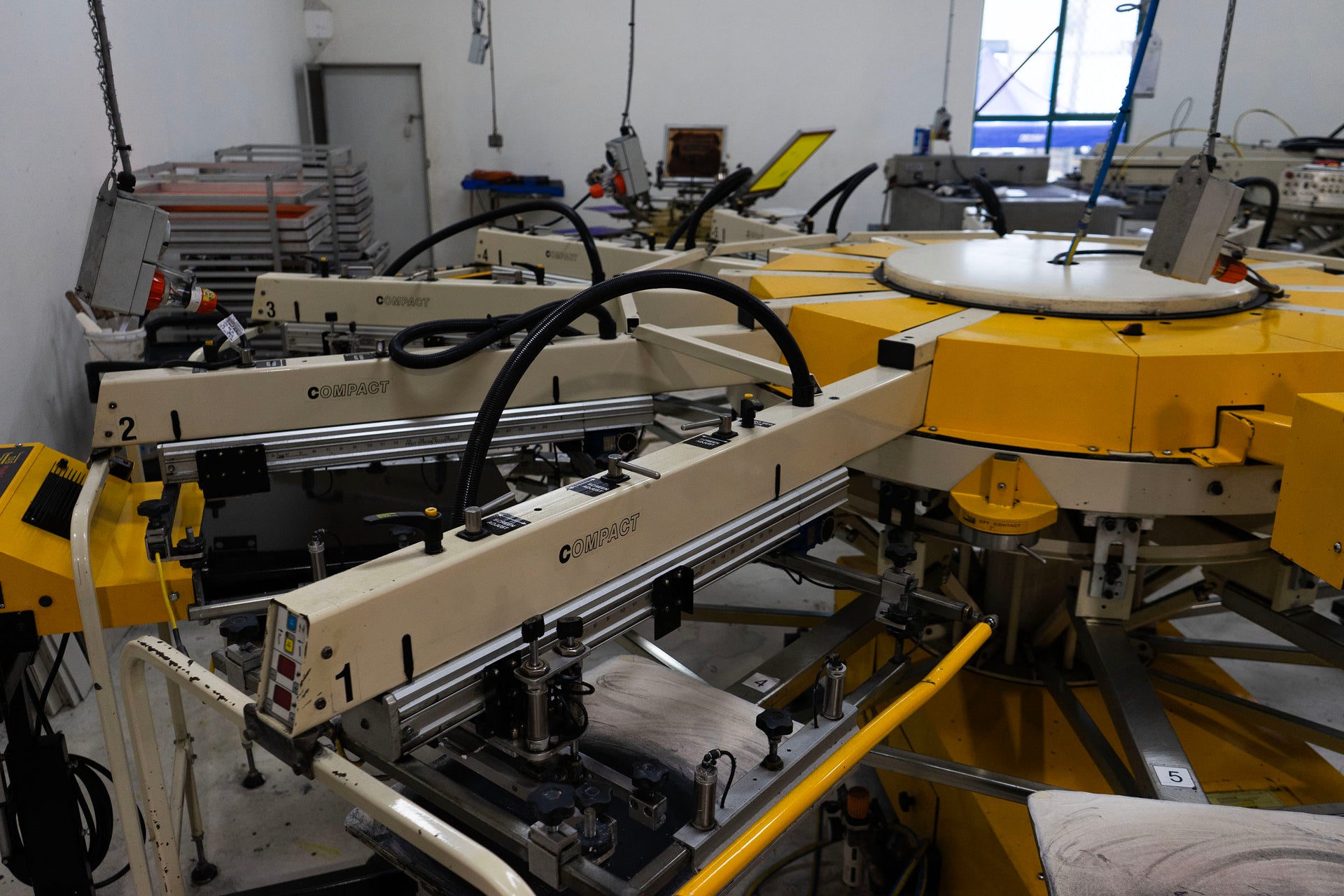
The Pros and Cons of Screen Printing for T-Shirt Decoration
Screen printing has long been a go-to method for decorating t-shirts due to its durability, versatility, and vibrant results. One of its greatest advantages is the ability to produce high-quality designs with rich, opaque colors that pop, even on dark fabrics. This process is highly efficient for large batches, as the setup allows for repeated printing with consistent results, making it cost-effective for bulk orders.
Additionally, screen printing supports a variety of creative techniques like puff ink, metallic finishes, and halftone fades, enabling unique, eye-catching designs that stand out in a crowded market. It’s also incredibly versatile, working on a wide range of materials beyond just cotton, like polyester blends or specialty fabrics.
However, screen printing does have its limitations. The initial setup process, which involves creating separate screens for each color, can be time-consuming and costly, making it less economical for small orders or highly detailed multi-color designs.
Unlike digital methods, screen printing isn’t ideal for photorealistic images or designs with intricate gradients, as each color layer needs precise alignment. Additionally, the process is labor-intensive, requiring skilled technicians to ensure consistent quality.
Despite these drawbacks, screen printing remains a top choice for t-shirt decoration when durability, bold colors, and cost efficiency for larger runs are the primary goals.